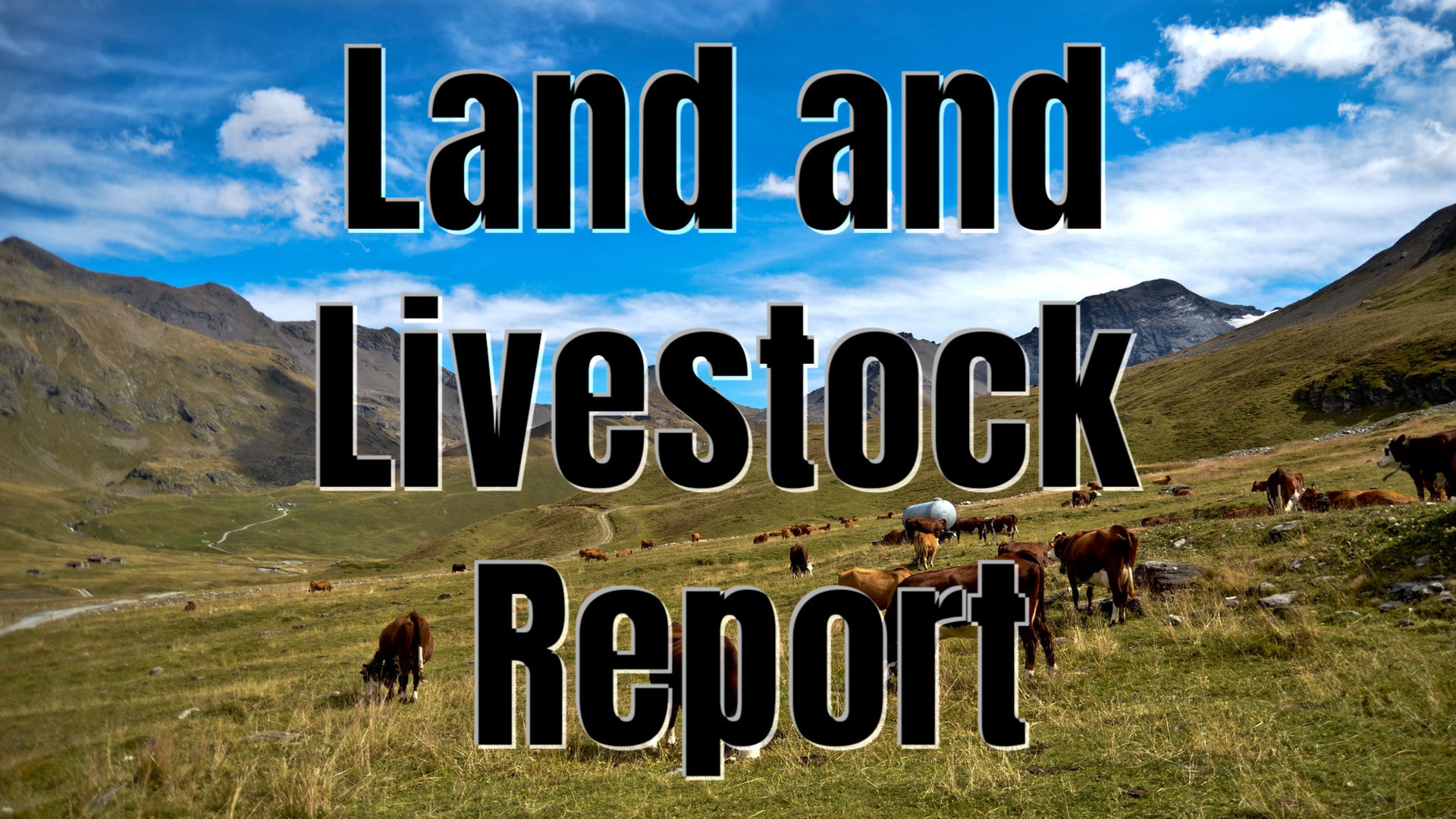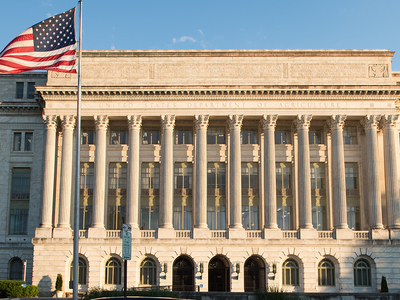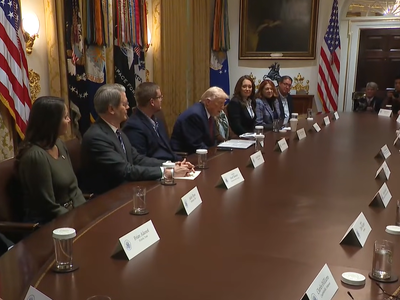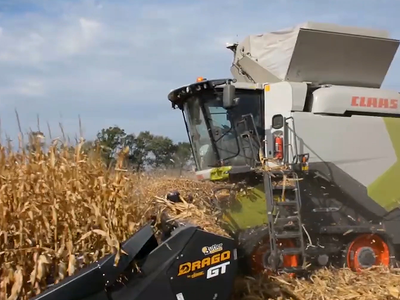Restoring Grasslands By Grazing
Our nation’s grass and range lands were developed with the help of fires and continued grazing by buffalo , elk, wild horses, deer and antelope. Today, many of the remaining protected or restored grasslands lack the disturbances of these species that once kept them healthy. Other are plowed under for crops. Managed properly, groups like the Leopold Center for Agriculture Sustainability are confident cattle can help native grasses and wildflowers to flourish. I’m Susan Allen I’ll be back with more on today’s Open Range. Meriwether Lewis once stood on a bluff overlooking the Great Plains. One of the first white men to see what he must have thought was Eden, Lewis wrote “I ascended to the top of the bluff this morning, from whence I had a most delightful view of the country-immense herds of buffalo, elk, deer and antelopes feed in one common and boundless pasture. What many environmental activists fail to understand is that range land was quite simply created to be grazed. Groups like The Leopold Center for Sustainable Agriculture see cattle as a critic component to ensuring the future of native grassland citing that controlled grazing has been important part of history of the west. They received a grant in 2009 that has enabled the Center to study how native grasslands can provide both environmental benefits and nutritional cattle grazing with the hopes more landowners will run cattle instead of opting to replace native grasses with corn or wheat.

















